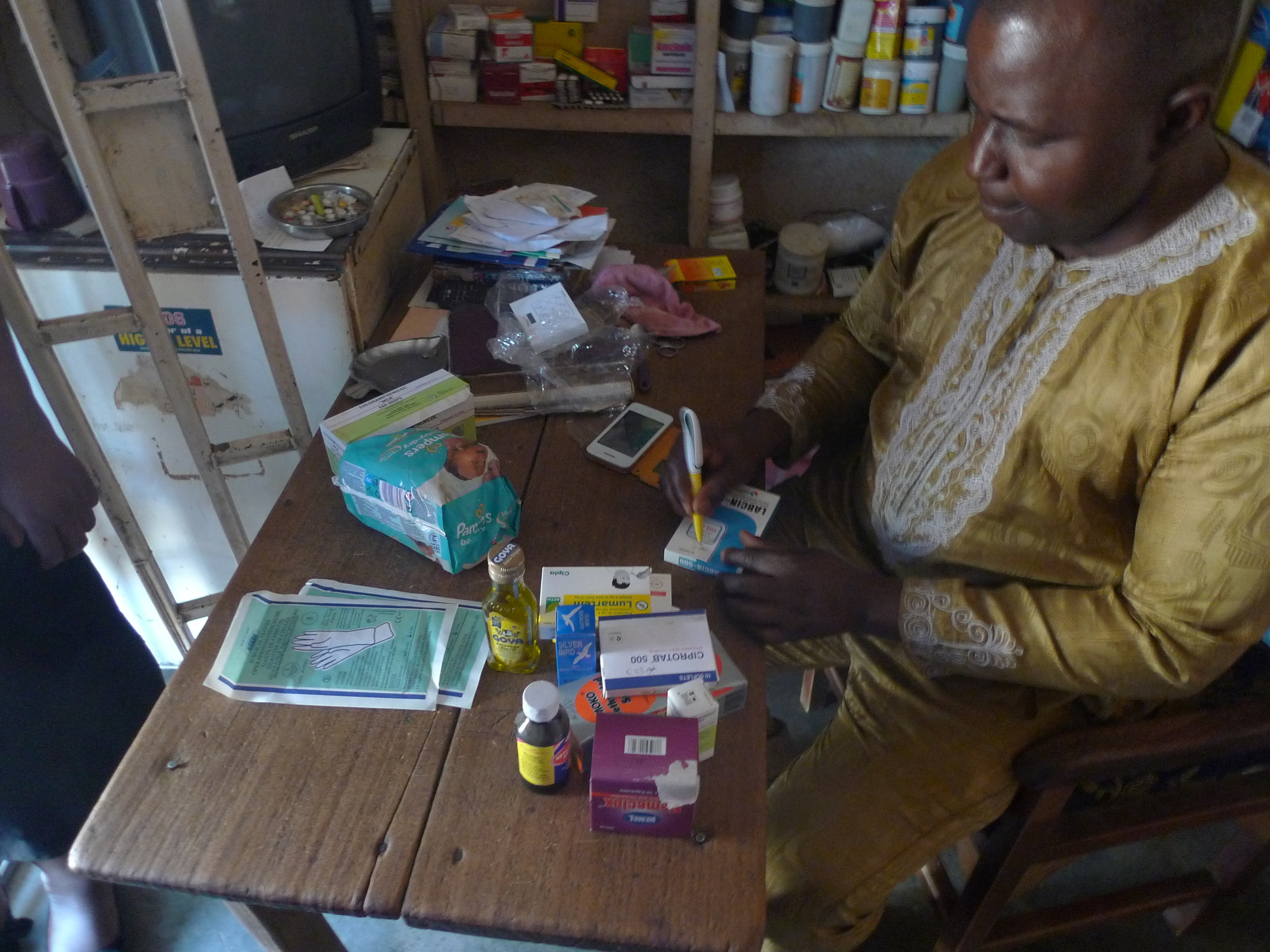Chlorhexidine, a low-cost antiseptic, has been recognized to have the potential to drive significant reductions in neonatal mortality. If applied to the umbilical cord in high-risk settings at the time of birth, Chlorhexidine, on average, results in a 68% reduction in severe infection and a 23% reduction in all-cause neonatal mortality. In addition to being highly effective in high-risk settings, Chlorhexidine is simple to use, safe, easy to manufacture, and affordable.
This project looked at how to support the development and adaptation of tools to drive demand of chlorhexidine for umbilical cord care. This work uses Nigeria, a country which in 2016 is in the midst of its own chlorhexidine scale-up efforts, to explore the barriers and opportunities related to this behavior change. Output includes recommendations, concepts, tools, and templates to be shared with Nigeria, as well as other countries, introducing or scaling chlorhexidine. The output provides Federal Ministries of Health, State Ministries of Health, partner organizations, and other groups a starting place to think about the challenge and a head start on developing tools to address driving demand for chlorhexidine (CHX).
“I’ve never heard of chlorhexidine. We recommend methylated spirits.
”
“What I used before worked fine. My child is healthy. ”
A defining characteristic of the human-centered design process is that it prioritizes talking to and collaborating with the people who are most likely affected by the development of a new intervention or program.
For this project, we interviewed mothers, visited homes and antenatal clinics, held community and professional workshops, visited drug shops, and shadowed birth attendants to understand the issues and concerns informing decisions about what substances to put on the umbilical cord stump. Insights from these activities informed our concepts. At each stage, we solicited additional feedback from the people, communities, and collaborators we were engaging with through rapid prototyping.
Immersion - Gathering Insights
To establish a baseline understanding, we built on the previous chlorhexidine scale-up strategy work conducted by the Ministry of Health and spoke with key stakeholders to understand Nigerian birth practices, the mother’s experience, the communities’ context, and the role of different organizations in health behavior change. This input informed the Nigerian birthing ecosystem map and research approach for the next phase.
Nigerian birth ecosystem
Creating birthing archetypes using the ecosystem map
Research - Identifying Opportunities
To understand existing needs and behavior, we visited communities and spoke with and observed mothers, families, birth attendants, chemists, community leaders, religious leaders, and antenatal clinic personnel. We synthesized our observations into insights about the barriers and opportunities in driving greater adoption and use of chlorhexidine.





Concepting - Testing and Generating Ideas
To translate these opportunities into initial concepts, we held five workshops: one in New York and four in Nigeria. Together, we generated and voted on concepts, constructed rapid prototypes of promising ideas, and then took these ideas into communities to share with people, gather feedback, and inspire new concepts directly with our end-users.
Getting feedback from an expecting mother on prototype
Learnings and takeaways:
- Some messaging concepts worked better with different populations, suggesting a need to target messaging to community behaviors and practices
- When people talked about cord care (and chlorhexidine or other substances used), it was usually as part of the larger story of delivery and newborn health
- “Chlorhexidine” is difficult for people to pronounce and remember
- While people saw value in the posters and other awareness tools, they routinely said what they’d need to try CHX was to hear about it from someone they knew
- Having the product available in the community is critical in translating interest to action
Strategy - Recommendations
The toolkit has two parts: the guide which provides details about the concepts and how they were developed and an asset library which includes images and editable templates. These files provide a starting point for adapting the concepts in this guide or building your own. We hope this combination makes it easier to create sample versions that can be shared with stakeholders and the communities you serve.
A framework illustrating the intervention concepts created for the toolkit
To download the latest version of the Guide and Toolkit from the CII website:
USAID’s Center for Accelerating Innovation and Impact (CII) is partnering with Dalberg’s Design Impact Group (DIG) to utilize HCD across the Bureau for Global Health's work. Please see the contact page to explore how you can engage HCD.

















